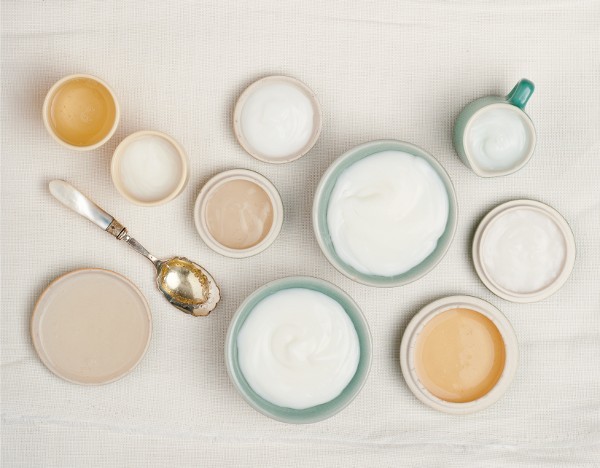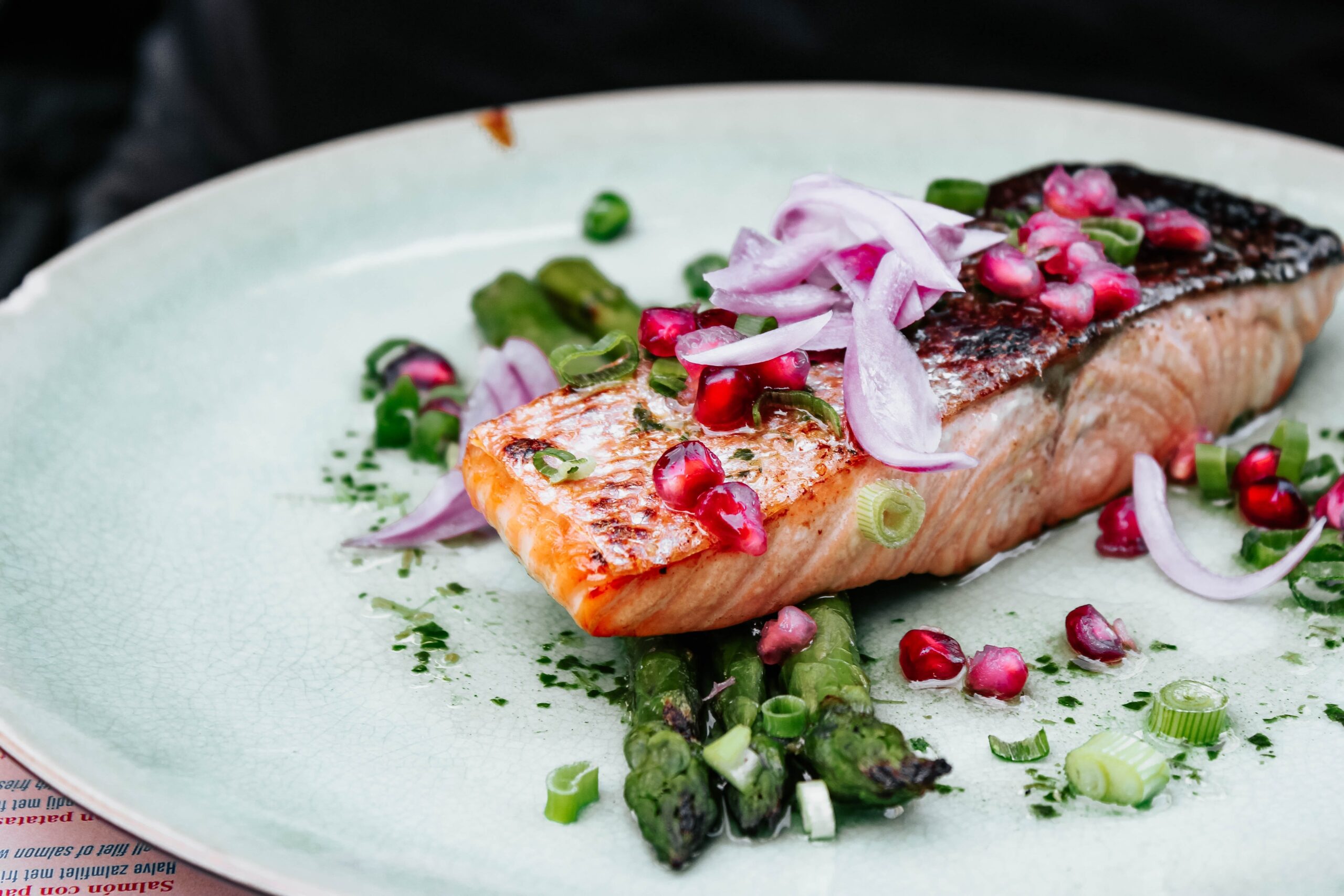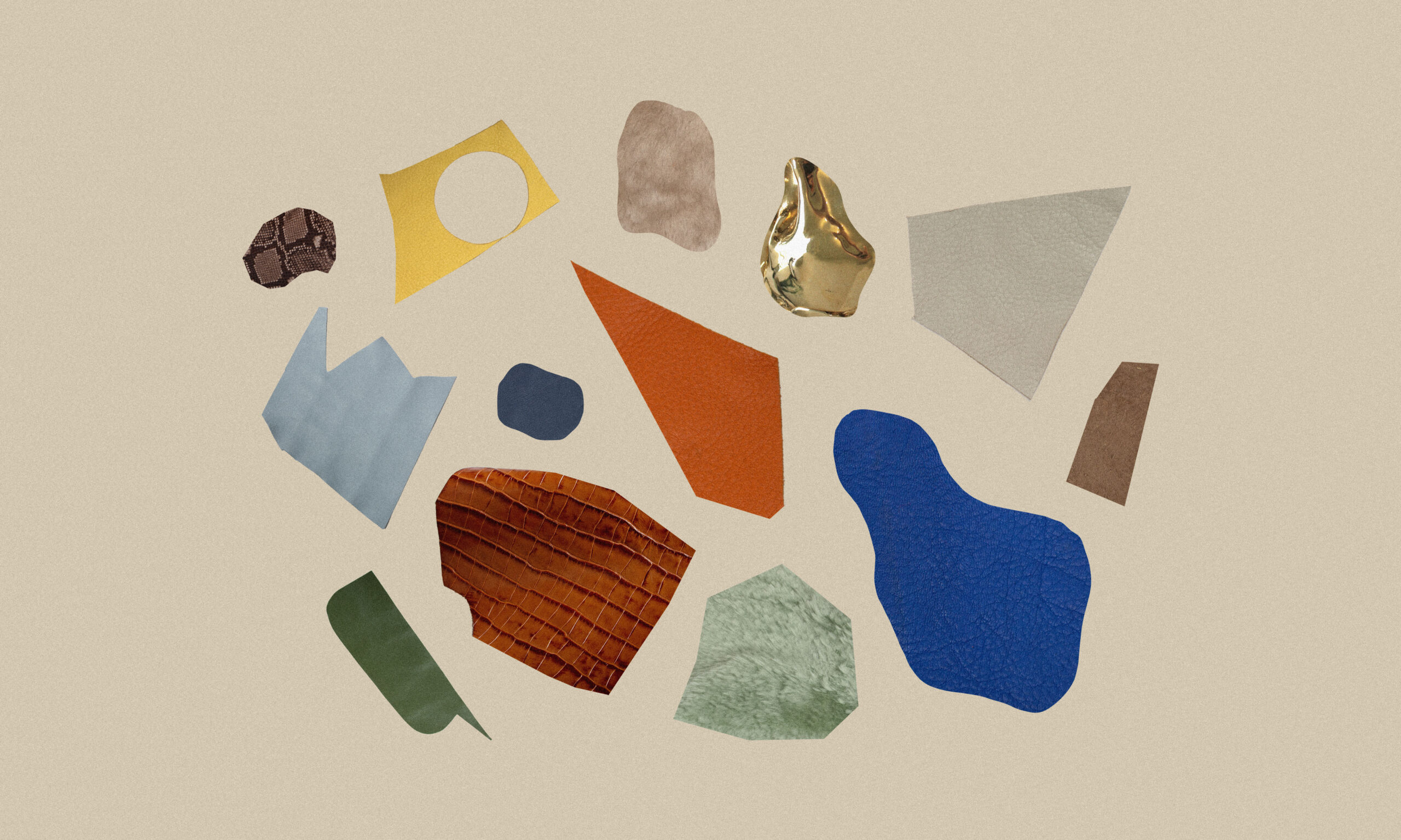Finding the brand that’s best for your hair is difficult enough – looking for eco-friendly options, doubly so
Finding the brand that’s best for your hair is difficult enough – looking for eco-friendly options, doubly so. Lynda Brendish investigates
Photography Tony Brownjohn, Styling Sally Fullam
The good hair day can be an elusive thing. Hours can be lost browsing the shampoo aisle trying to figure out the difference between promises of ‘deep moisture’ and ‘sleek and shiny’. Later on, we rely on these colourful little bottles of hope to deliver that just-steppedout- of-a-salon look.
When it comes down to it, we can be a bit precious about our crowning glories, so it’s no wonder hair care companies have developed endless options to cater to every last one of our follicular fancies. Add confusing claims and the spectre of greenwashing to the mix and it’s enough to make your head spin.
While all shampoos are not created equal, most share a common origin. Basic formulations include a surface-active agent – or surfactant – which, along with its ability to lift dirt from your hair, creates lather, usually helped by the addition of foaming stabilisers to provide that sudsy effect we know and love. Add a dash of citric acid to bring your hair’s pH down and smooth out the strands, stir in a pinch of light conditioning agent and you’ve about got the general recipe down pat. It’s the subtle tweaking of this formula, plus the array of extras that can be added, that account for the acres of options we’re faced with in the supermarket aisle.
Feel like tearing your hair out? We’ve sussed out a few choice ingredients to look for that’ll help put a safe, great hair day within reach.
Surfactants
Gone are the days when using an eco shampoo meant sacrificing luxurious lather for dull, limp locks. Coco glucoside is a 100 percent natural surfactant derived from corn and vegetable oils. It is relatively high-foaming, so although the product won’t be quite as sudsy as mainstream brands, you won’t be left unsatisfied. What’s more, coco glucoside is mild on your skin.
Polyglucosides are also worth a mention, says beautician and herbalist Kate Robertson of Urban Botanica. This relatively new class of natural surfactants is derived from corn and vegetable oils, and has much lower irritancy scores than traditional surfactants. The most common examples are decyl glucoside, lauryl glucoside and coco glucoside.
A good lather is necessary for a good clean head of hair, right? Well, actually – no. Joico’s technical educator Leigh Harris says the foaming component of shampoos is what hair care companies call a ‘cosmetic feel’. Though it adds to the experience, a good lather isn’t actually essential for cleaning – it’s more that we miss the suds when they’re not there.

Moisturisers and conditioners
Silicone is an excellent lubricant, but many eco-conscious brands stay away from it because of its lack of environmental cred. A common criticism is that silicone doesn’t treat your hair to make it smoother or softer, it just coats it in gunk. Huia Iti, Ecostore’s research and design manager, says dicaprylyl ether is the “holy grail” of eco-shampoo ingredients. “For years, truly natural shampoos have been hamstrung by the lack of availability of a silicone alternative,” he says.
Dicaprylyl ether, which is made up of three ingredients, is a natural alternative derived from corn and vegetable oils. Iti says it performs as well as silicone. It is great for shine, body, detangling and overall skin feel.
Argan oil (aka Moroccan oil), a relative newcomer to the range of available commercial products, has been used for centuries in Morocco, says Kate. It’s said to work wonders for the hair and is used in shampoos, conditioners and hair treatments as a natural moisturiser to help protect and strengthen hair, add softness and shine, and generally improve scalp health.
Aside from being natural conditioners with detangling and shine-giving properties, oils like jojoba and olive have a similar chemical composition to the hair’s own conditioning oil, sebum. Avocado oil, almond oil and shea butter can also be used to hydrate and soften the hair.

TOP SHELF: Grown Damask Rose, Black Pepper and Sage Shampoo; Grown Damask Rose, Chamomile and Lavender Stem Conditioner; Sukin Moisture Restoring Shampoo; Sukin Moisture Restoring Conditioner; Redken Nature’s Rescue Refreshing Detox Shampoo; Redken Nature’s Rescue Cooling Conditioner
MIDDLE SHELF: Holistic Hair Hydrating Conditioner; Holistic Hair Hydrating Shampoo; Giovanni Wellness System Shampoo With Chinese Botanicals; Giovanni Wellness System Conditioner With Chinese Botanicals; Verite Spa Organics Argan Oil
BOTTOM SHELF: Trilogy Clean + Balance Conditioner; Trilogy Clean + Balance Shampoo; Linden Leaves Herbalist Balm Mint and Tangerine Conditioner; Linden Leaves Herbalist Rosemary and Cypress Shampoo; Joico Daily Care Balancing Conditioner; Joico Daily Care Balancing Shampoo
The famous provitamin B5, panthenol, moisturises your hair and keeps it looking shiny. It can be either animal or plant derived and is non-toxic.
Herbs such as chamomile, rosemary, sage, horsetail and nettle can also be included in shampoos for their various properties, such as promoting hair growth, strengthening the hair and soothing and calming the scalp. Extracts of green tea, an antioxidant, help shield your hair from free-radical damage and can be used to protect the colour in treated hair.
Amino acids are an essential component of keratin, which is the protein that forms the basic structure of hair. Replenishing keratin and amino acids is important for maintaining hair health.
Meet the sulphate sisters
Sodium laureth sulphate (SLES) is the less irritating younger sibling of sodium lauryl sulphate (SLS). Both can be derived naturally and synthetically, and both are commonly found in eco and mainstream shampoo brands. However, SLES was formulated specifically to provide a lower level of skin irritation, though it can still be aggravating for those with sensitive skin or conditions such as eczema or rosacea.
SLS and SLES are considered to be penetration enhancers – which means they may piggyback on other substances into the skin and bloodstream. The process by which SLES is created can also mean that some cosmetics that include it contain low levels of 1,4-dioxane – a known carcinogen. PEG compounds, which are often found in shampoos, and chemicals that include ‘xylol’, ‘ceteareth’ and ‘oleth’ can also be contaminated.
3 simple tips for shampoo shoppers
1 Choose shampoos made without the use of petrochemicals. Ecostore’s Huia Iti suggests looking for plant-derived ingredients, primarily based on renewable materials.
2 Pick products with fewer ingredients. Limiting what goes into your shampoo reduces what goes down the drain and back into the ecosystem.
3 Look for a range that won’t irritate your eyes and skin. The Environmental Working Group recommends avoiding shampoos with ingredients such as fragrance, parabens, PEG compounds and DMDM hydantoin.







